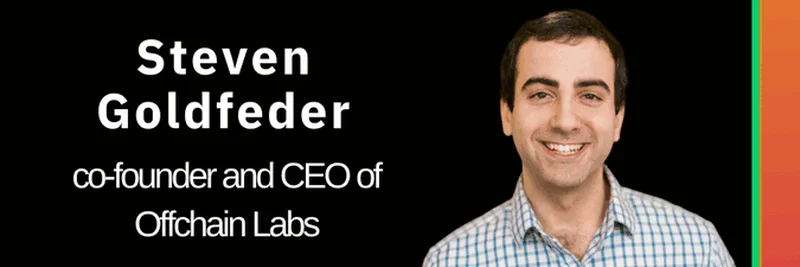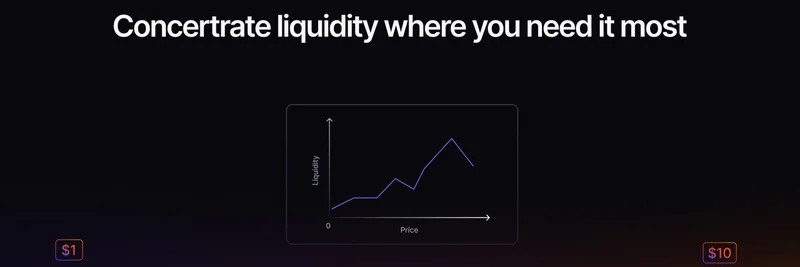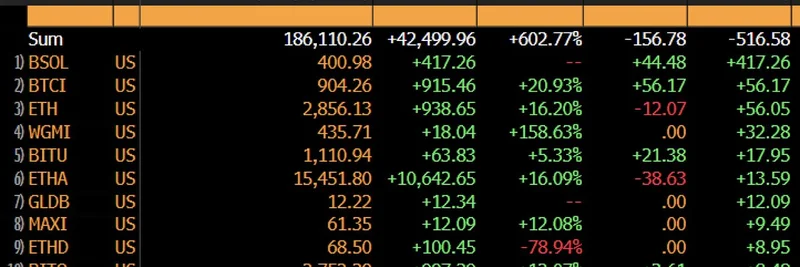Why Robinhood Didn't Choose Solana: Insights from Steven Goldfeder
Robinhood's recent move to develop an Ethereum layer-2 scaling network using Arbitrum's tech stack has sparked curiosity about why the company opted not to choose Solana. This decision is particularly intriguing given Solana's reputation for high throughput and low transaction costs. To shed light on this, let's delve into the insights provided by Steven Goldfeder, co-founder and CEO of Offchain Labs, in a recent discussion.
The Question of Robinhood's Blockchain Choice
The core question is whether Robinhood should launch its own blockchain or why it would choose to do so. Goldfeder highlights several compelling arguments that suggest Robinhood's decision to build on Arbitrum might be more strategic than initially perceived. One of the primary reasons is the concept of Maximal Extractable Value (MEV) capture.
Understanding MEV Capture
MEV refers to the maximum value that can be extracted from block production beyond the standard block reward and gas fees, often by reordering or including transactions. For Robinhood, launching on someone else's chain, such as Solana, would mean paying transaction fees that benefit another entity's ecosystem. In contrast, by building on Arbitrum, Robinhood can potentially capture these fees, turning operating costs into revenue.
Economic Advantages of Building on Arbitrum
Goldfeder explains that if Robinhood were to launch on a third-party chain, it would incur costs for every transaction its users make. These costs would go to the host chain's stakeholders, essentially paying fees from one pocket to another. However, by developing its own layer-2 solution on Arbitrum, Robinhood can redirect these fees back into its own revenue stream.
Transformative Potential of Layer-2 Solutions
This approach not only reduces operational expenses but also positions Robinhood to benefit from the broader network effects. As more users and applications interact with Robinhood's layer-2, the platform can generate additional revenue from transaction fees, enhancing its financial model. This strategy aligns with the growing trend of layer-2 solutions that offer scalability and cost-efficiency while maintaining security through Ethereum's base layer.
Robinhood's Strategic Vision
Robinhood's choice of Arbitrum over Solana is not just about immediate financial benefits but also about long-term strategic positioning. By leveraging Arbitrum's technology, Robinhood can tap into Ethereum's extensive ecosystem, which includes a vast array of decentralized applications (dApps) and a robust developer community. This integration can facilitate smoother cross-chain interactions and enhance user experience through features like 24/7 trading and self-custody of tokenized assets.
The Role of Tokenized Assets
Tokenized assets, such as stocks and ETFs, are a significant part of Robinhood's expansion strategy. The ability to offer these assets on a layer-2 solution that settles directly to Ethereum provides Robinhood with a competitive edge. It allows for faster settlements, reduced costs, and increased accessibility, which are crucial for attracting both retail and institutional investors.
Conclusion
Robinhood's decision to build on Arbitrum instead of Solana is a calculated move that prioritizes economic efficiency, strategic alignment with Ethereum's ecosystem, and the potential for MEV capture. As explained by Steven Goldfeder, this choice reflects a broader trend in the blockchain industry where layer-2 solutions are becoming increasingly important for scaling and optimizing operations. For blockchain practitioners and enthusiasts, understanding these dynamics is essential for navigating the evolving landscape of decentralized finance (DeFi) and tokenized assets.
By focusing on these insights, Robinhood is positioning itself at the forefront of innovation in the blockchain space, leveraging the strengths of Arbitrum to enhance its offerings and drive growth.




